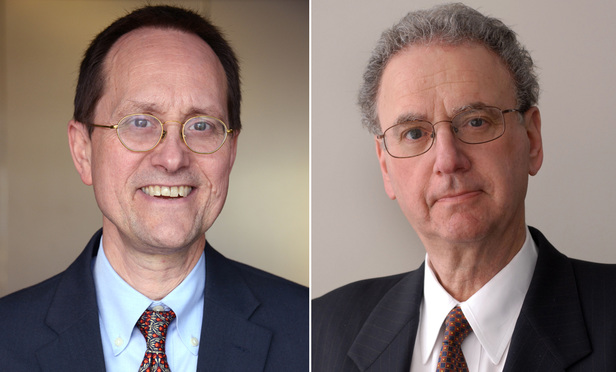In June 2014, the U.S. Supreme Court dealt a devastating blow to Aereo, Inc., which pioneered a novel technology for streaming live broadcast television. Reversing the U.S. Court of Appeals for the Second Circuit, the court held 6-3 that the Aereo service made infringing “public performances” of the programs it allowed its users to access.1 On remand to the Southern District of New York, Aereo made a number of arguments to stave off the entry of a preliminary injunction, one of which was that the streaming service should qualify as a “cable system” for purposes of the compulsory license under §111 of the Copyright Act of 1976. The argument was unsuccessful. On Oct. 23, 2014 the court issued a preliminary injunction.2 In November, Aereo filed for Chapter 11, and the bankruptcy plan was approved in June. That, it seemed, was the end of the story.
Last month, however, a competing copycat technology in California, developed by FilmOn X, LLC, succeeded with the very same “cable system” argument that the Southern District had soundly and somewhat sarcastically rejected in the Aereo remand. This column will address the newly complicated landscape for the streaming of broadcast television, an activity whose legality many would have considered resolved by the Supreme Court over a year ago.



